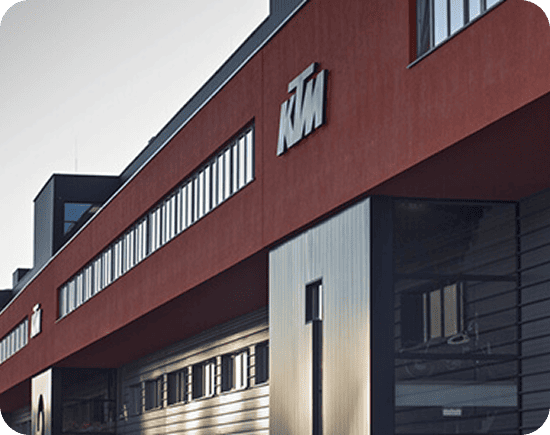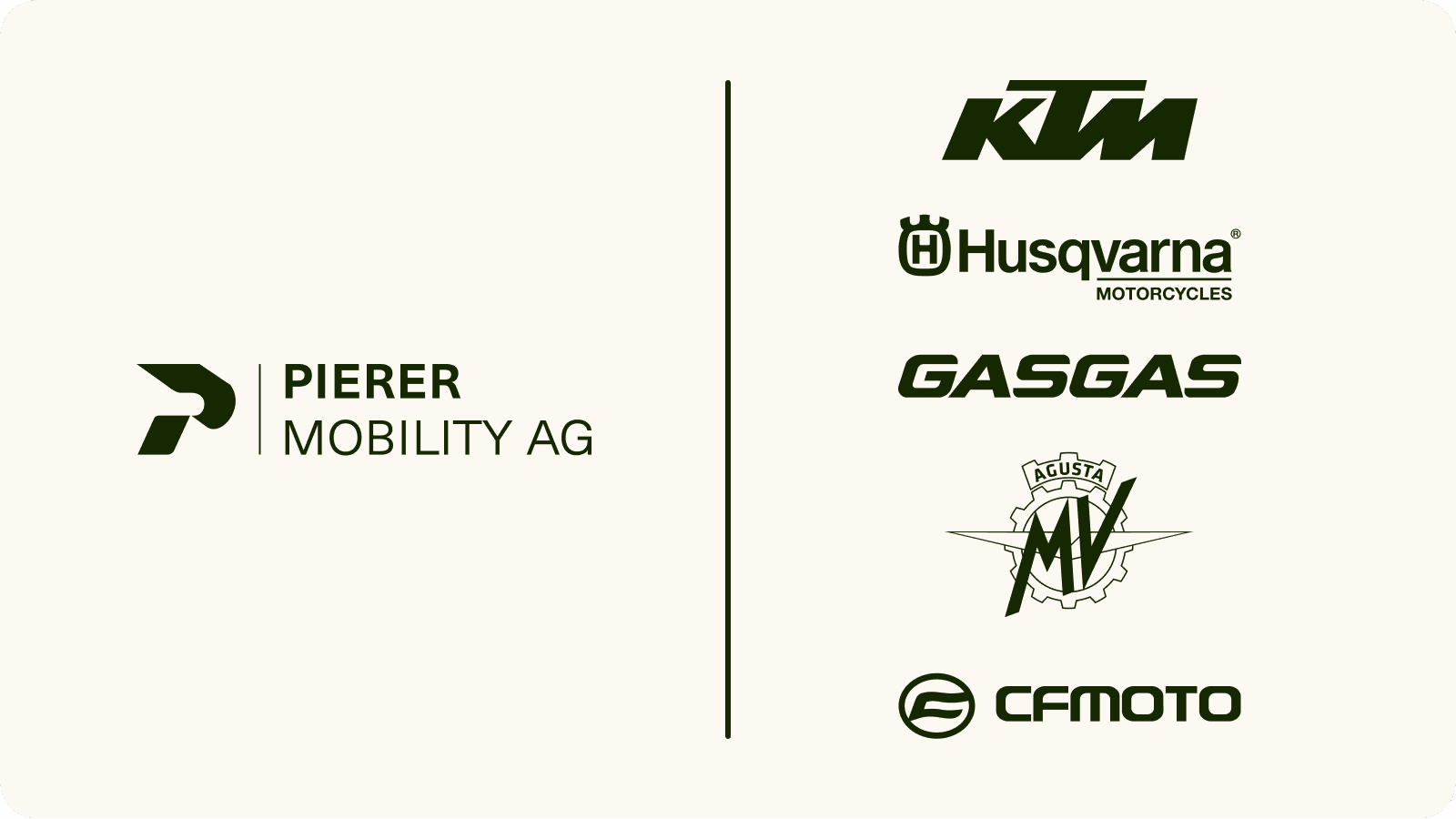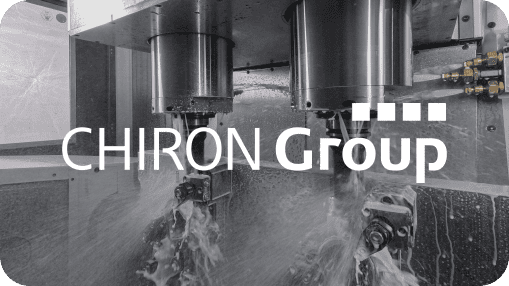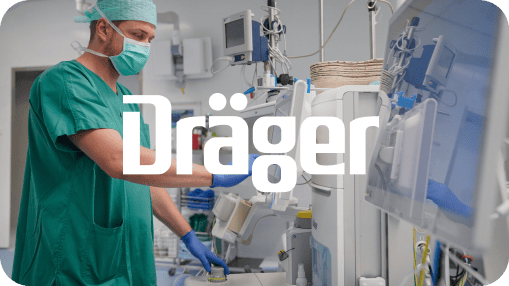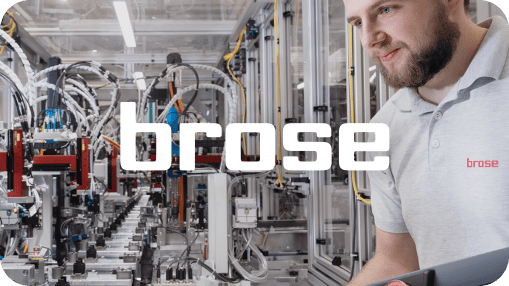Cost engineering was introduced at Pierer Mobility four years ago with the aim of providing support and advice to all departments. Together with a consulting company, the purchasing spend was initially analysed and evaluated.
In the process, an extensive database of should-costing calculations was built up and the employees' level of knowledge was increased. "Especially at the beginning, when a company introduces cost engineering in the area of Should Costing, an experienced employee is the key to success."


